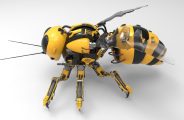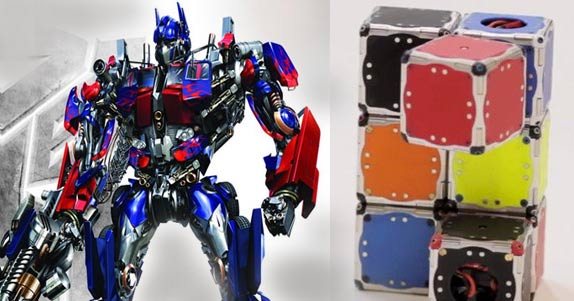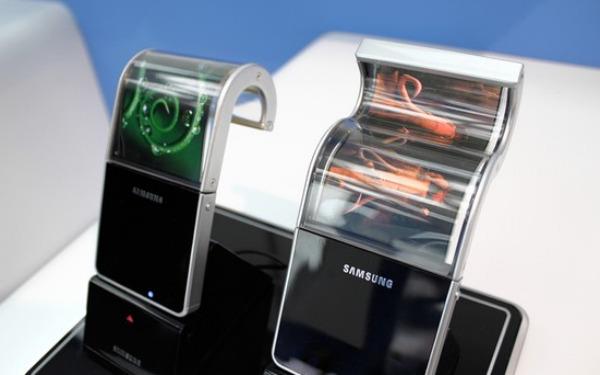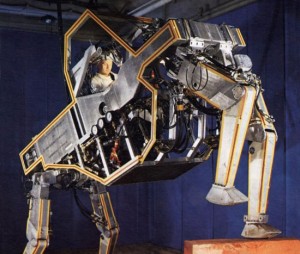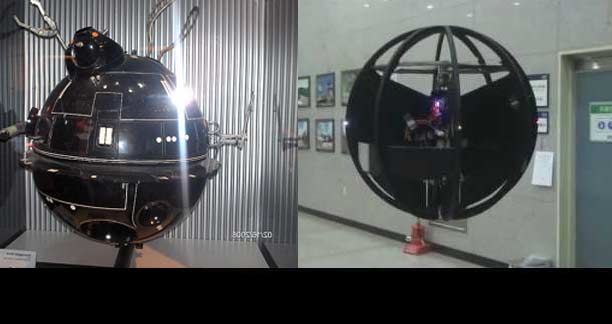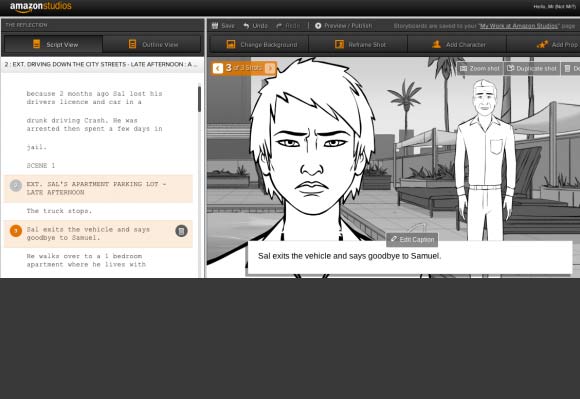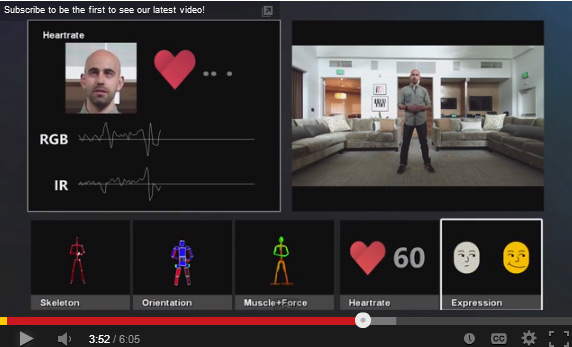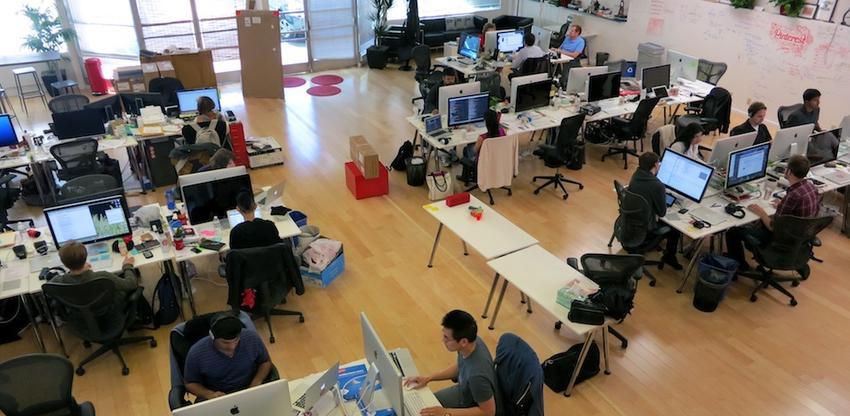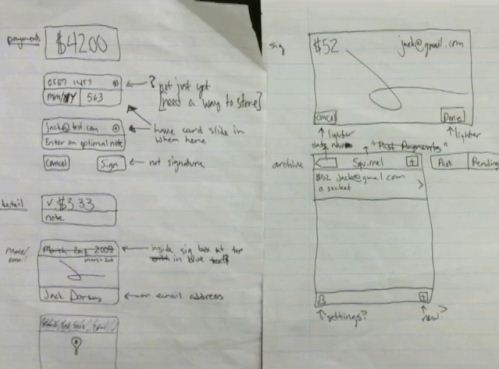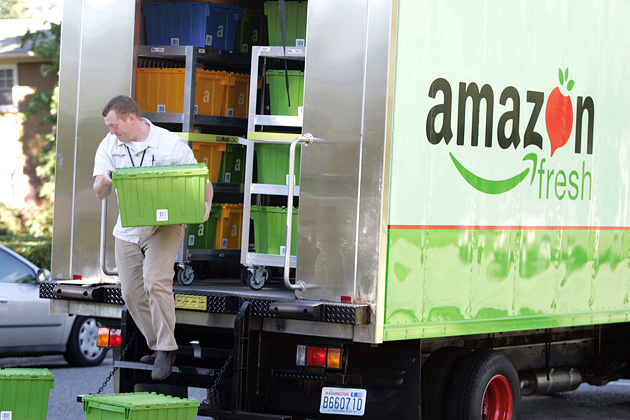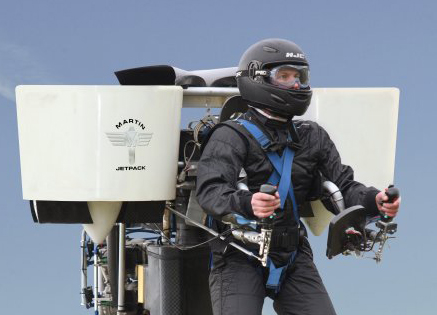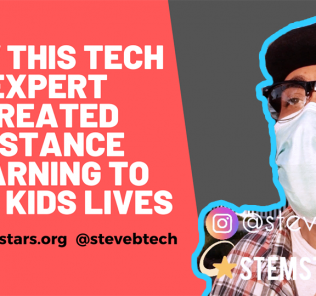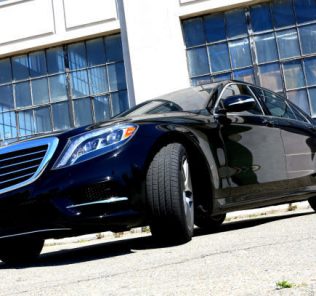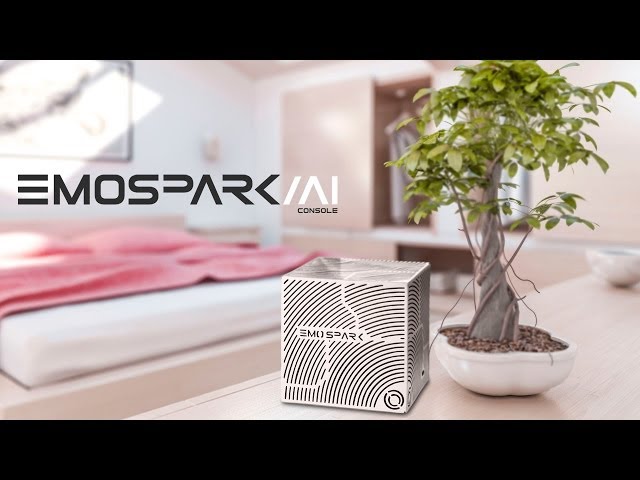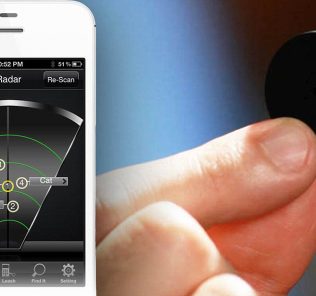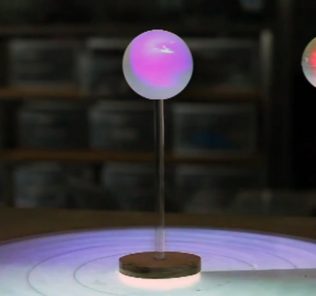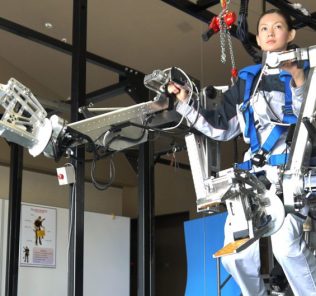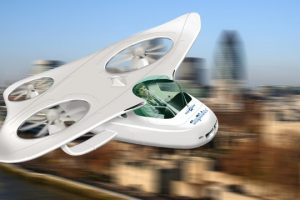Is a Protective Biodome for Moon/Mars Astronauts Possible?
Even Planets With Thin Atmospheres Could Host Life!!
Scientists have grown bacteria in a very low-atmospheric-pressure environment, similar to the surface of Mars.
When searching for life in the universe, it makes sense to look for conditions roughly similar to our own planet. We have only one example of life, and it happens to exist on an Earth-sized planet with water and a thick atmosphere. Previous studies have shown that microbes were unable to grow when the atmospheric pressure was too low, but a new experiment seems to contradict this finding.
“Just because the planet doesn’t have a large atmosphere, we don’t have to dismiss it right away as non-habitable,” said Alexander Pavlov of NASA’s Goddard Spaceflight Center here at the American Geophysical Union conference on Dec. 3.
Pavlov and his team simulated a Mars-like environment in a large bell jar. It contained a sample of salty dirt meant to mimic Martian soil, was filled with a carbon dioxide atmosphere, and was cooled to low temperatures with liquid nitrogen. They introduced water and E. coli bacteria, a common microbe found all over Earth, into this environment and slowly lowered the pressure.
When the atmosphere reached around 23 millibars — a pressure about 40 times lower than found at the surface of the Earth — the water began to boil away. But enough of the liquid remained even as the pressure dropped that the E. coli were able to hang on and even thrive for a few days. Because the water was not replenished, it all boiled away after several days and the bacterial colony eventually collapsed.
Pavlov thinks that on Mars, warmer seasons such as spring and summer could melt subsurface ice and provide an oasis where hardy organisms could live. During these times, the temperature underground routinely reaches above the freezing point of water and a soil depth of just seven inches provides good protection against harsh ultraviolet radiation. Extremophile microbes, which live in environments far more dangerous than ordinary organisms can handle, could survive such conditions with ease.
“E. coli is not an extremophile, so if that microorganism can grow under low pressure then extremophiles can definitely grow,” Pavlov said..







